Public health officials consistently promote hand-washing as a way for people to protect themselves from the COVID-19 coronavirus. However, this virus can live on metal and plastic for days, so simply adjusting your eyeglasses with unwashed hands may be enough to infect yourself. Thus, the Centers for Disease Control and Prevention and the World Health Organization have been telling people to stop touching their faces.
We are experts in psychological science and public health. Brian Labus is an expert in communicable diseases who knows what people should do to avoid becoming infected. Stephen Benning is a clinical psychologist who helps clients change their habits and manage stress in healthy ways. Kimberly Barchard is an expert in research methods who wanted to know what the research says about face-touching. Together, we used our clinical expertise and the research literature to identify the best practices to reduce face-touching and lower people's chances of catching COVID-19.
People touch their faces frequently. They wipe their eyes, scratch their noses, bite their nails and twirl their mustaches. People touch their faces more when they are anxious, embarrassed or stressed, but also when they aren't feeling anything at all. Studies show that students, office workers, medical personnel and people on trains touch their faces between nine and 23 times per hour, on average.
Why is it so hard to stop? Face-touching rewards us by relieving momentary discomforts like itches and muscle tension. These discomforts usually pass within a minute, but face-touching provides immediate relief that eventually makes it a habitual response that resists change.
Change habitual behaviors
Habit reversal training is a well-established behavior modification technique that helps people stop a variety of seemingly automatic behaviors, such as nervous tics, nail-biting and stuttering. It trains people to notice the discomfort that prompts their habits, select another behavior to use until the discomfort passes and change their surroundings to lessen their discomfort.
You may have already changed some of your other habits – for example, by coughing into your elbow instead of your hands, or greeting others with a bow or wave instead of a handshake. But unlike coughing and hand-shaking, people frequently touch their faces without being aware of doing so. So the first step in reducing face-touching is becoming aware of it.
Each time you touch your face, notice how you touched your face, the urge or sensation that preceded it and the situation you were in – what you were doing, where you were physically or what you were feeling emotionally. If you usually don't notice when you touch your face, you can ask someone else to point it out.
Self-monitoring is more effective when people create a physical record. You can create a log where you briefly describe each instance of face-touching. For example, log entries might say:
• Scratched nose with finger, felt itch, while at my desk
• Fiddled with eyeglasses, hands tingled, frustrated
• Rested chin on palm, neck sore, while reading
• Bit fingernail, nail caught on pants, watching TV
Self-monitoring is more effective if people share their outcomes publicly, so consider sharing your results with friends or post it on social media.
Create new responses
Now that you are aware of the behavior you want to change, you can replace it with a competing response that opposes the muscle movements needed to touch your face. When you feel the urge to touch your face, you can clench your fists, sit on your hands, press your palms onto the tops of your thighs or stretch your arms straight down at your sides. This competing response should be inconspicuous and use a position that can be held for at least a minute. Use the competing response for as long as the urge to touch your face persists.
Some sources recommend object manipulation, in which you occupy your hands with something else. You can rub your fingertips, fiddle with a pen or squeeze a stress ball. The activity shouldn't involve touching any part of your head. For tough-to-break habits, object manipulation isn't as effective as competing responses, perhaps because people tend to play with objects when bored, but touch their faces and hair when anxious.
Learn more about breaking the itch-scratch cycle.
Manage your triggers
Changing your environment can reduce your urges to touch your face and your need to use alternative responses. Use your log to figure out what situations or emotions are associated with your face-touching. For example:
• If your glasses keep slipping off your nose, you can use ear hooks or hair ties to prevent slippage.
• If you bite your nails, you can use a file to keep your nails short, or wear gloves or fingertip bandages, so that nail-biting is impossible.
• If allergies make your eyes or skin itch or make your nose run, you can limit your exposure to allergens or take antihistamines.
• If you get food stuck between your teeth, you can brush your teeth after each meal.
• If your hair gets in your eyes and mouth, you can use an elastic, scarf or hair product to keep it back.
You can read more detailed information about habit reversal training.
Face it, you may not be able to stop
Most people cannot entirely eliminate unwanted habits, but they can reduce them. Consistent with the principles of harm reduction, just reducing face-touching lessens the opportunities for viruses to enter your system.
Sometimes you need to touch your face: flossing your teeth, putting in contact lenses, wiping food off your lips, putting on makeup or shaving your jaw. Remember to wash your hands first. To adjust your glasses without first washing your hands, use a tissue and throw it out immediately after use. Avoid finger food and using unwashed hands to put food into your mouth. Wash your hands first, or use utensils or the wrapper to handle the food.
Other ways you can reduce the spread of infectious diseases include practicing social spacing, washing hands thoroughly with soap and water or hand sanitizer and disinfecting high-touch surfaces regularly. When your hands touch contaminated surfaces, though, the suggestions above may help you avoid touching your face before you wash them again.
Stephen D. Benning is Assistant Professor of Psychology, University of Nevada, Las Vegas
Brian Labus is Assistant Professor of Epidemiology and Biostatistics, University of Nevada, Las Vegas
Kimberly A. Barchard is Professor of Quantitative Psychology, University of Nevada, Las Vegas
This article originally appeared on The Conversation. You can read it here.









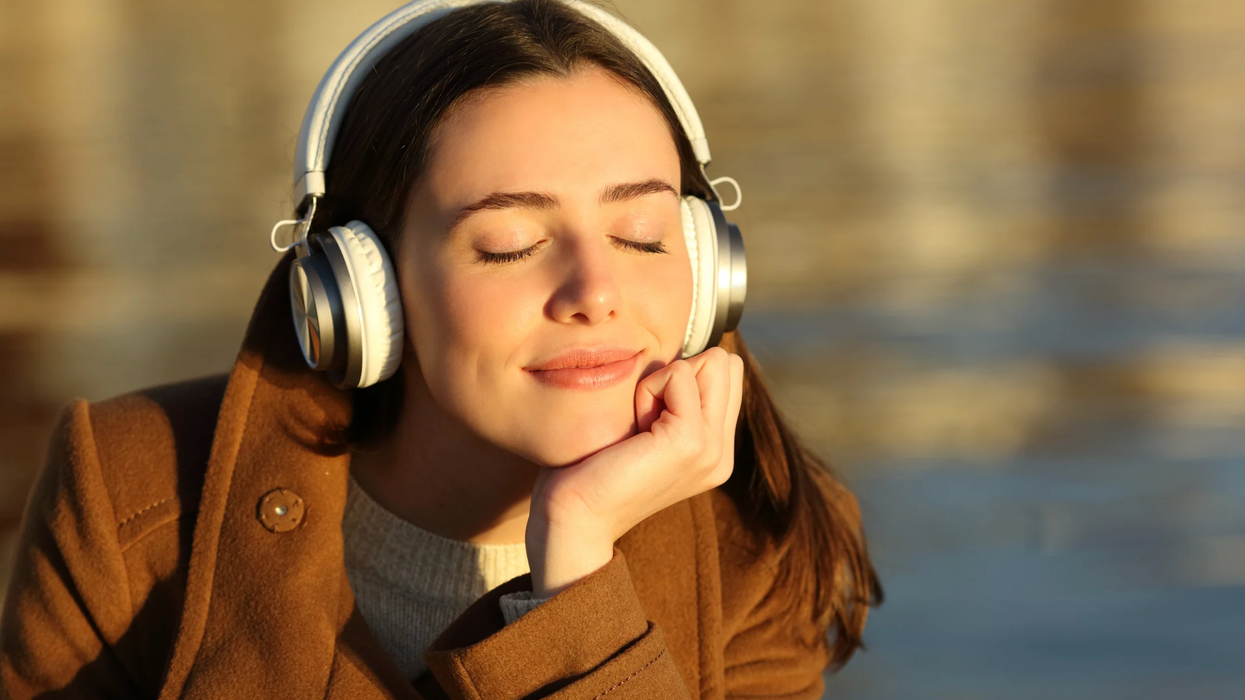



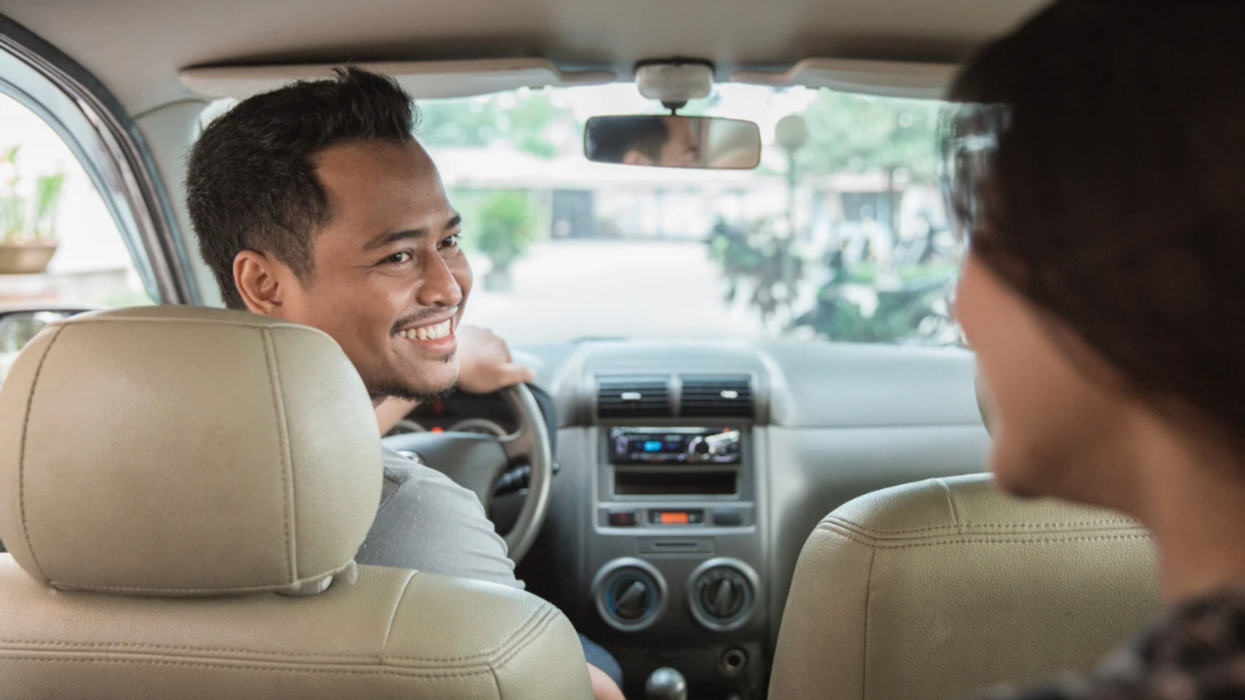

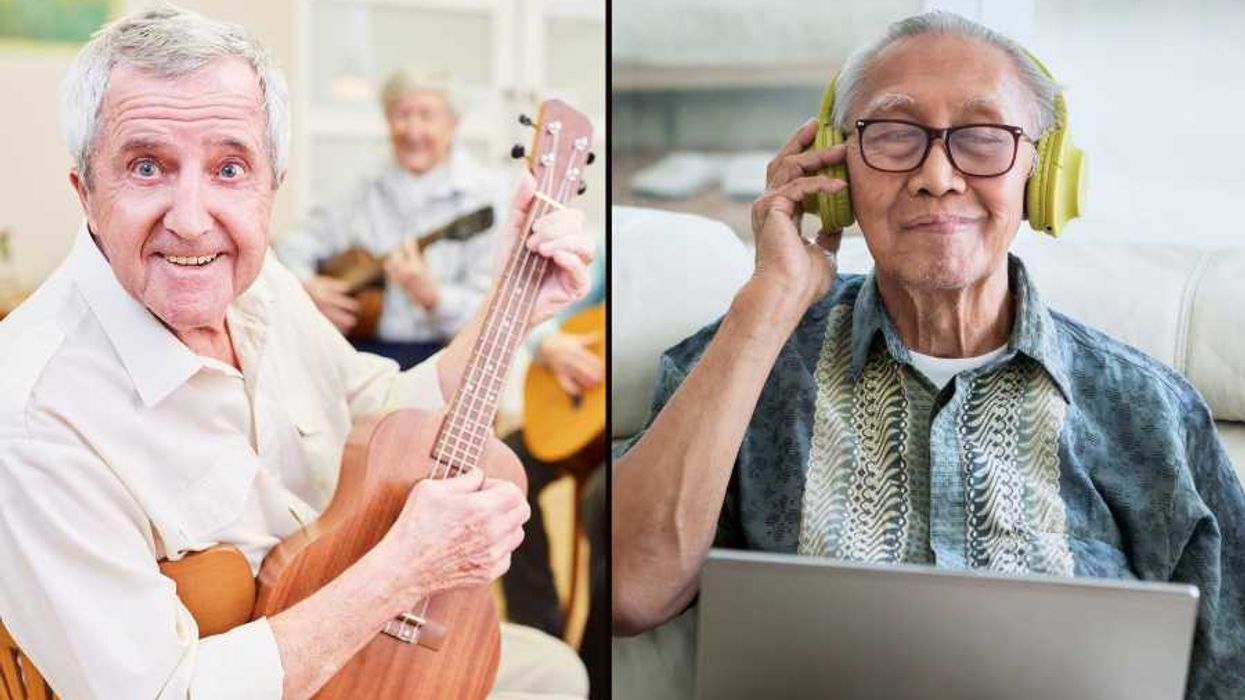


 Robin Williams performs for military men and women as part of a United Service Organization (USO) show on board Camp Phoenix in December 2007
Robin Williams performs for military men and women as part of a United Service Organization (USO) show on board Camp Phoenix in December 2007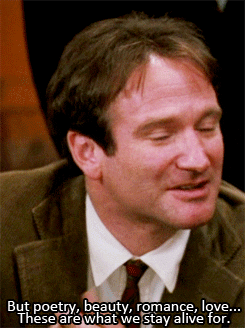 Gif of Robin Williams via
Gif of Robin Williams via 
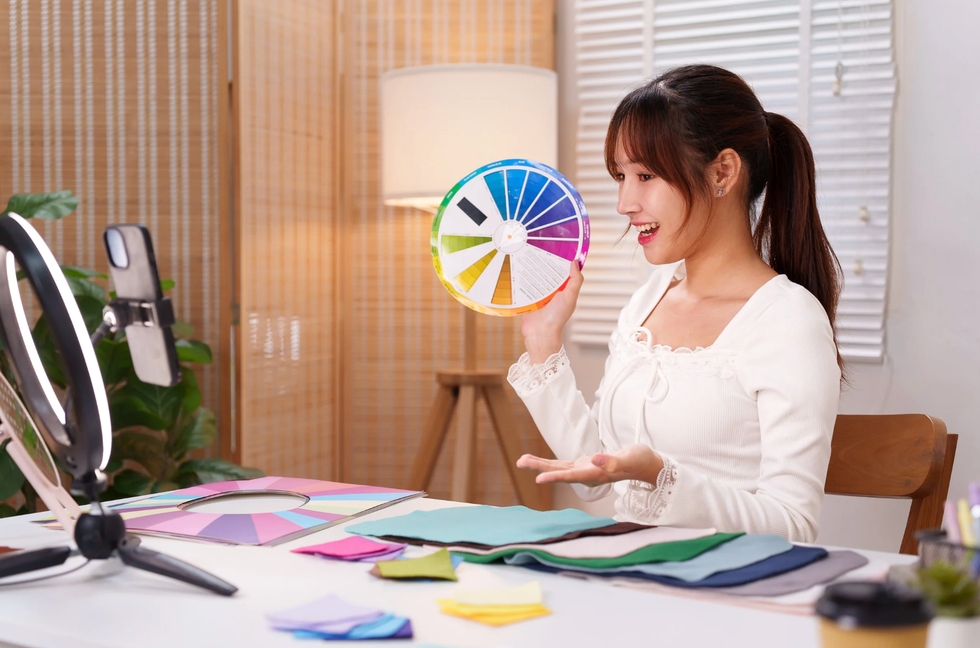 A woman conducts a online color testCanva
A woman conducts a online color testCanva A selection of color swatchesCanva
A selection of color swatchesCanva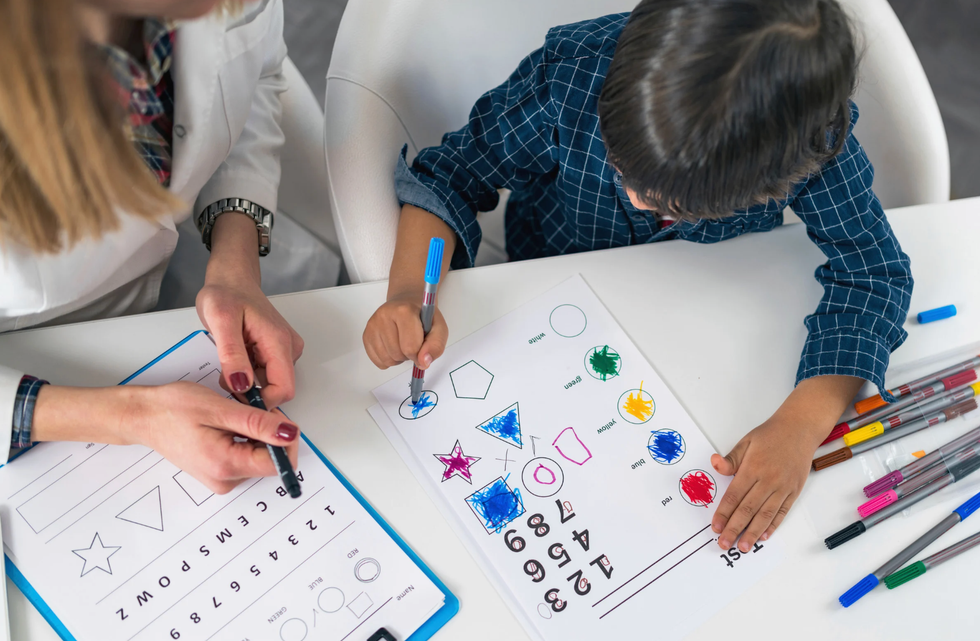 A young boy takes a color examCanva
A young boy takes a color examCanva 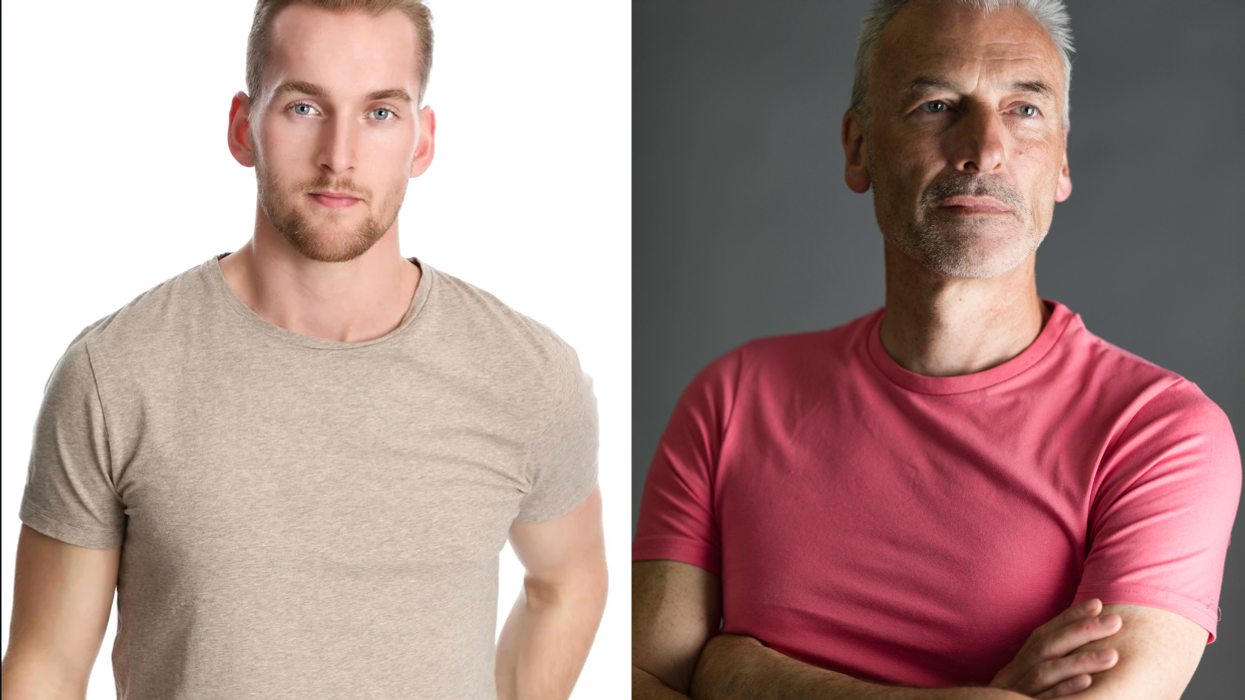

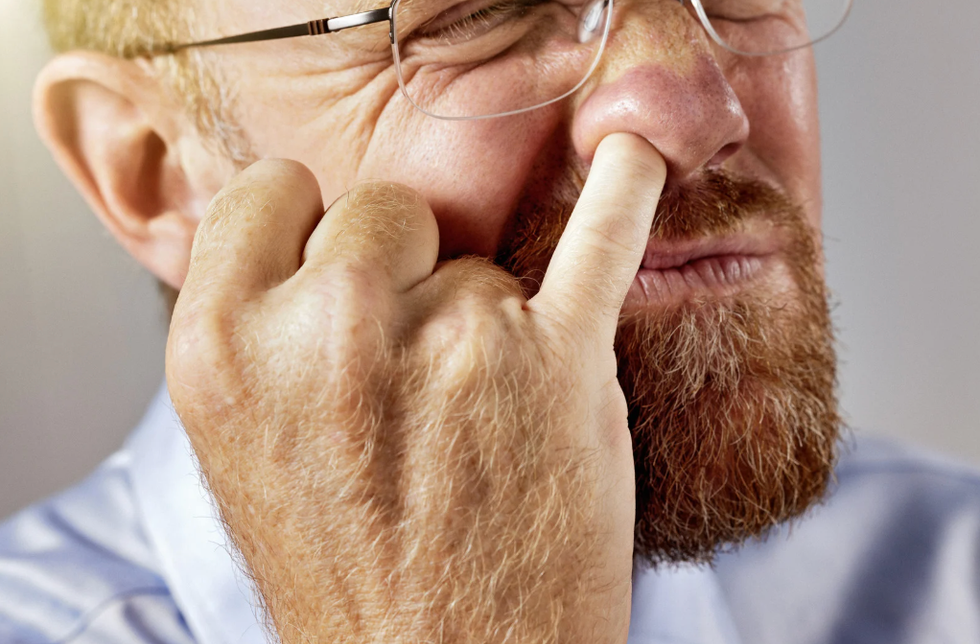 Pictured: A healthy practice?
Pictured: A healthy practice?
Will your current friends still be with you after seven years?
Professor shares how many years a friendship must last before it'll become lifelong
Think of your best friend. How long have you known them? Growing up, children make friends and say they’ll be best friends forever. That’s where “BFF” came from, for crying out loud. But is the concept of the lifelong friend real? If so, how many years of friendship will have to bloom before a friendship goes the distance? Well, a Dutch study may have the answer to that last question.
Sociologist Gerald Mollenhorst and his team in the Netherlands did extensive research on friendships and made some interesting findings in his surveys and studies. Mollenhorst found that over half of your friendships will “shed” within seven years. However, the relationships that go past the seven-year mark tend to last. This led to the prevailing theory that most friendships lasting more than seven years would endure throughout a person’s lifetime.
In Mollenhorst’s findings, lifelong friendships seem to come down to one thing: reciprocal effort. The primary reason so many friendships form and fade within seven-year cycles has much to do with a person’s ages and life stages. A lot of people lose touch with elementary and high school friends because so many leave home to attend college. Work friends change when someone gets promoted or finds a better job in a different state. Some friends get married and have children, reducing one-on-one time together, and thus a friendship fades. It’s easy to lose friends, but naturally harder to keep them when you’re no longer in proximity.
Some people on Reddit even wonder if lifelong friendships are actually real or just a romanticized thought nowadays. However, older commenters showed that lifelong friendship is still possible:
“I met my friend on the first day of kindergarten. Maybe not the very first day, but within the first week. We were texting each other stupid memes just yesterday. This year we’ll both celebrate our 58th birthdays.”
“My oldest friend and I met when she was just 5 and I was 9. Next-door neighbors. We're now both over 60 and still talk weekly and visit at least twice a year.”
“I’m 55. I’ve just spent a weekend with friends I met 24 and 32 years ago respectively. I’m also still in touch with my penpal in the States. I was 15 when we started writing to each other.”
“My friends (3 of them) go back to my college days in my 20’s that I still talk to a minimum of once a week. I'm in my early 60s now.”
“We ebb and flow. Sometimes many years will pass as we go through different things and phases. Nobody gets buttsore if we aren’t in touch all the time. In our 50s we don’t try and argue or be petty like we did before. But I love them. I don’t need a weekly lunch to know that. I could make a call right now if I needed something. Same with them.”
Maintaining a friendship for life is never guaranteed, but there are ways, psychotherapists say, that can make a friendship last. It’s not easy, but for a friendship to last, both participants need to make room for patience and place greater weight on their similarities than on the differences that may develop over time. Along with that, it’s helpful to be tolerant of large distances and gaps of time between visits, too. It’s not easy, and it requires both people involved to be equally invested to keep the friendship alive and from becoming stagnant.
As tough as it sounds, it is still possible. You may be a fortunate person who can name several friends you’ve kept for over seven years or over seventy years. But if you’re not, every new friendship you make has the same chance and potential of being lifelong.